The Strange Story of the Largest Spider in History
Advertisements
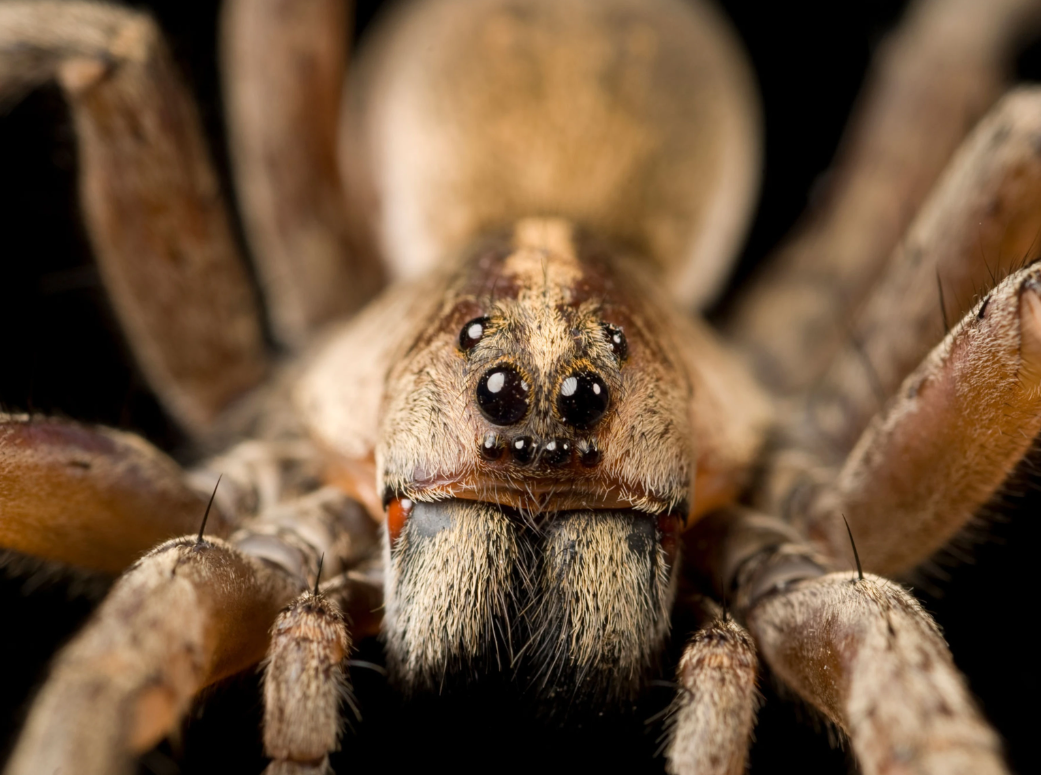
What if your biggest fear suddenly got even bigger?
Many people suffer from arachnophobia. This means they shiver and shudder in fear at the sight of creepy, crawly spiders. And as a general rule, the bigger the spider, the scarier it is!
Fortunately, the only spiders most of us deal with on a regular basis are smaller spiders inside our homes. However, far beyond your home is the goliath bird eater, a creature otherwise known as the largest spider in history!
Just how big is this spider? Where is it from, and is it actually dangerous? Keep reading to get all the answers you’re looking for!
Who is the largest spider in history?
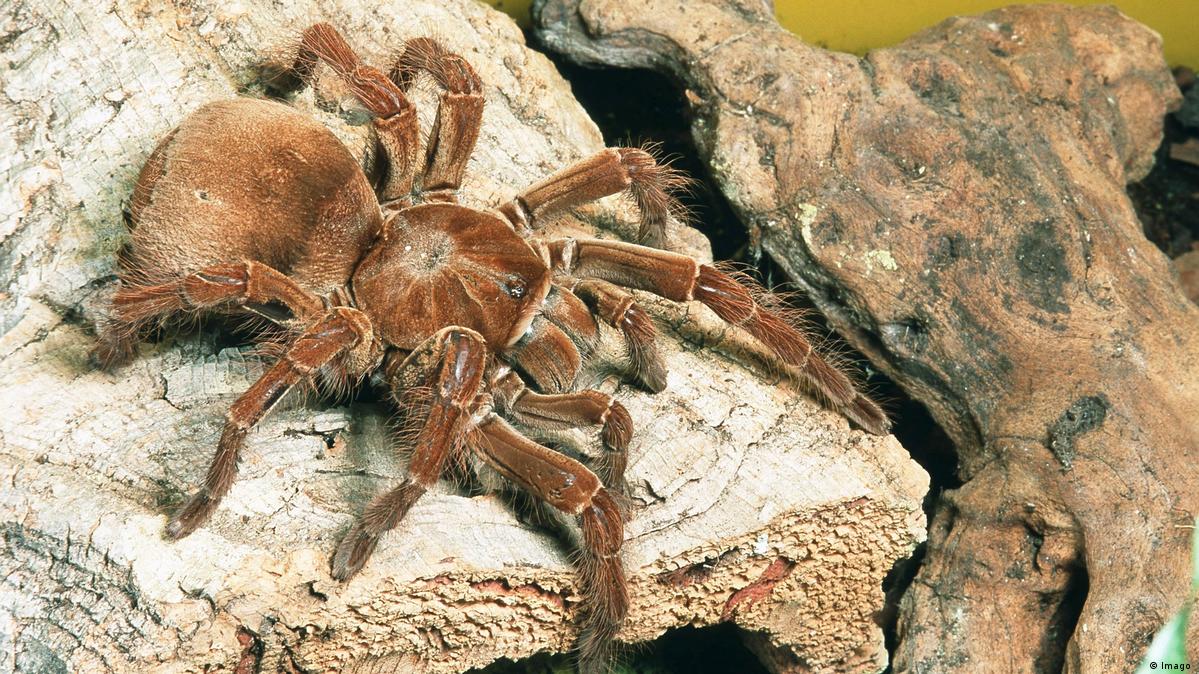
The largest spider in history is Theraphosa blondi, better known as the goliath bird eater. This type of spider is part of the tarantula family. And whether you measure by length or by width, this is the biggest spider in the world!
In terms of length, this spider can reach lengths as long as 5.1 inches. In terms of weight, the spider usually weighs around 6.2 ounces. Put that length and weight together and you have one massive arachnid.
If you’re worried about running into one, though, that’s not likely to happen. That’s because these spiders are mostly found in only one exotic place on the face of the planet.
RELATED: Divers Exploring Titanic Make Chilling Discovery
Where can you find this spider?
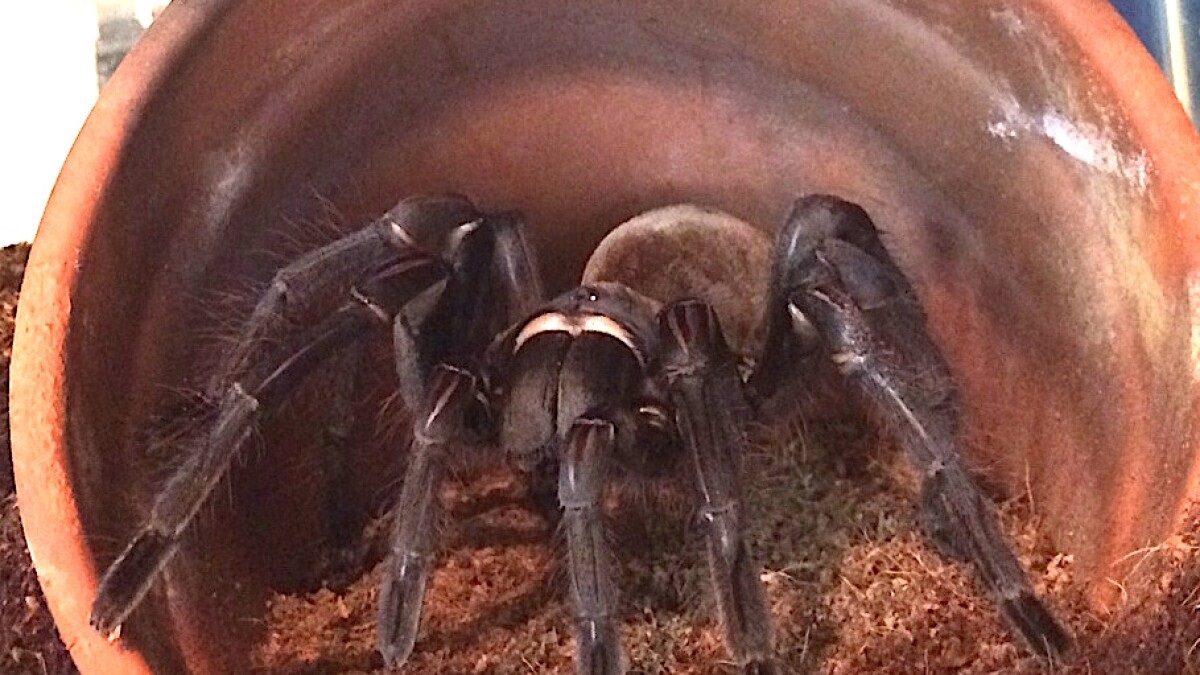
Outside of laboratories and very special zoos, you are unlikely to find any goliath bird eaters. That’s because these awesome arachnids are native to South America. And the largest concentration of them are found deep within the Amazon rainforest.
How will you know if you have found one of these spiders? In addition to using these pictures as a reference guide, you should be on the lookout for large spiders that are either tan or light brown. If it’s a big spider with that coloration, you may have a goliath bird eater on your hands.
Another identifying detail has to do with the fangs. On these spiders, the fangs may range anywhere from 0.8 to 1.5 inches long. Honestly, though, were you expecting anything other than giant fangs on the world’s largest spider?
If that wasn’t creepy enough, here’s another spooky detail: you are likelier to hear these spiders before you see them. That is because they have the ability to create a freaky hissing noise just by rubbing their hair together!
Is this spider dangerous?

You don’t have to be an arachnophobe to be scared of the goliath bird eater. In fact, when most people hear about the largest spider in history, they have a simple question: is this spider dangerous?
The honest answer to this question is “yes and no.” The spider is not deadly at all to human beings. This is because, unlike some spiders in the tarantula family, the venom inside the goliath bird eater is not dangerous to humans.
The same can’t be said for wildlife, though. This spider loves to catch and eat birds, which is where it gets its name. Its diet isn’t limited to birds, though, and this spider also likes to snack on frogs, insects, lizards, and mice.
And when the spider strikes, things don’t end pretty for the prey. After dragging prey back to its lair, the goliath bird eater injects a special toxin that liquefies the insides of other creatures. This allows the spider to suck the insides out of these creatures the same way that you might suck out the contents of a Go-Gurt.
RELATED: Woman Buys A Strange Paperweight, Then Opens It And Nearly Faints
A strange defense system for a strange spider
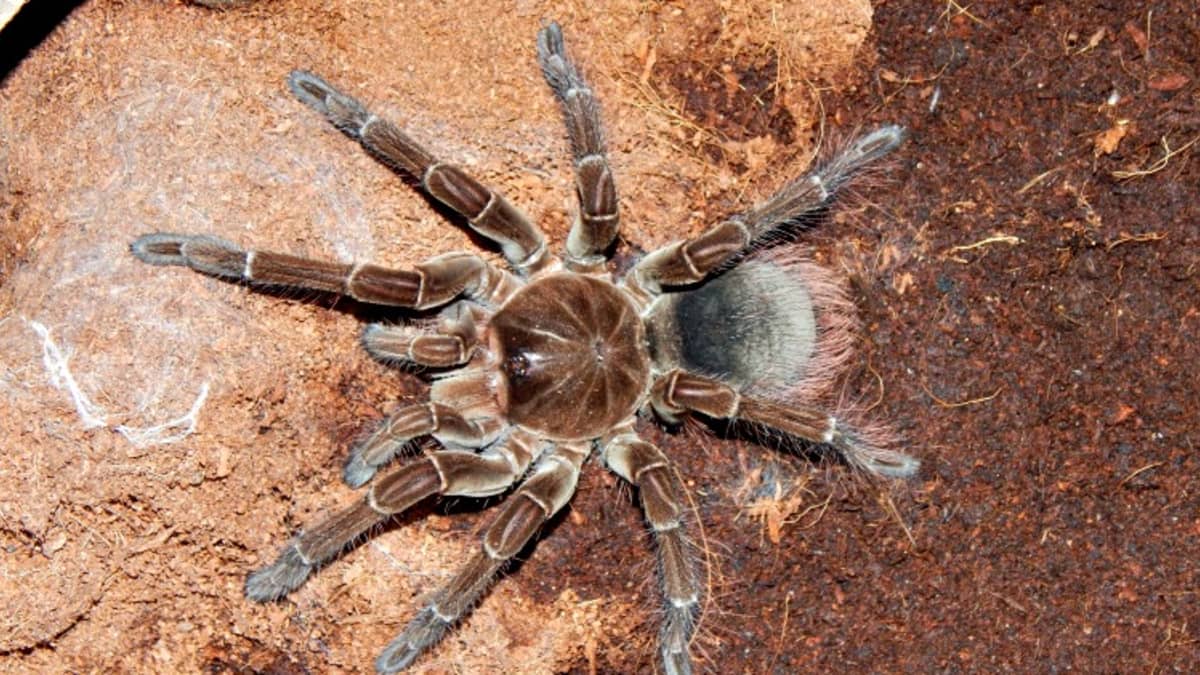
While the way the goliath bird eater captures and kills prey can be a bit scary, it’s not very innovative. In fact, that’s the general way that many spiders across the world capture, kill, and eat prey.
However, this spider does have one method of attack that is unique. To ward off predators, the goliath bird eater can launch bristles. They usually only do this, though, if they can’t scare predators off by rubbing hairs together and generating the noise that we mentioned earlier.
Beating the old record for largest spider in history
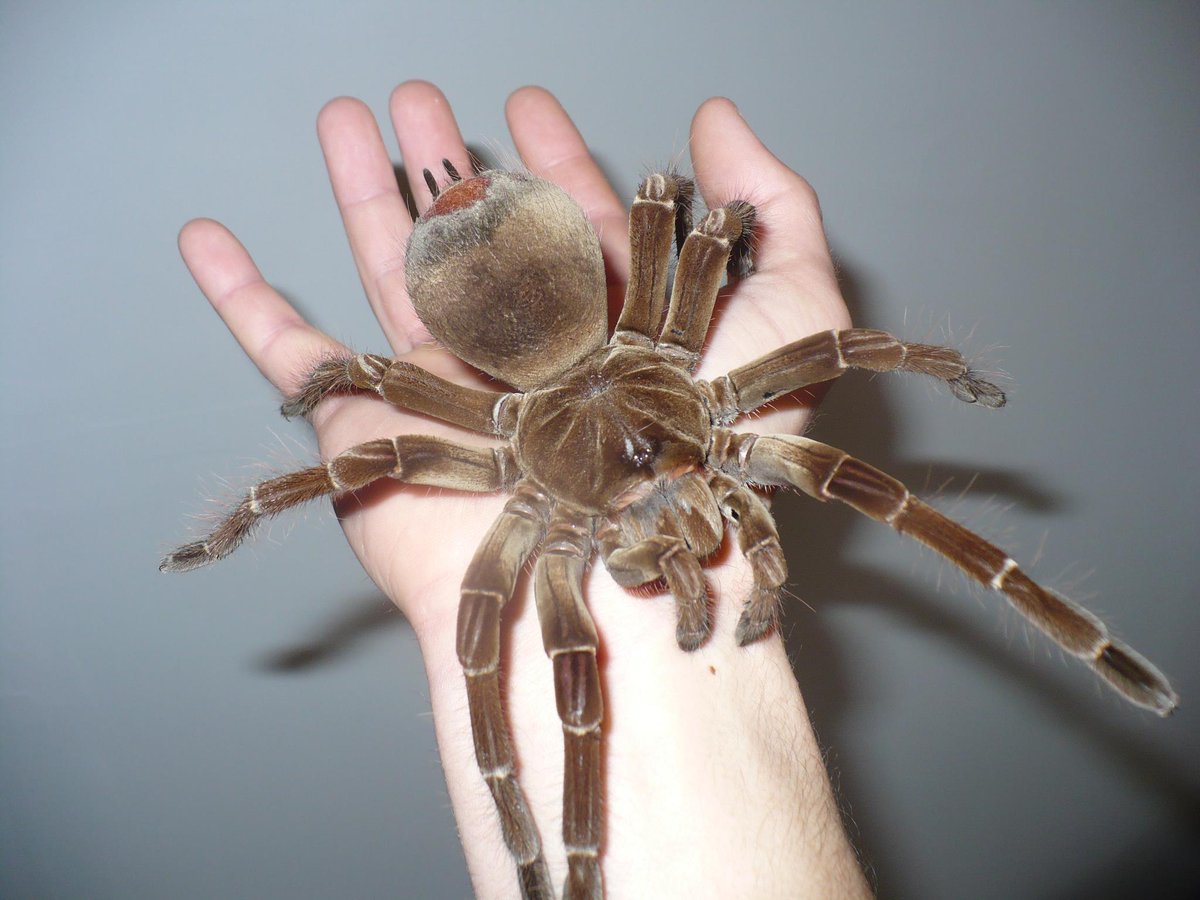
These days, the goliath bird eater is secure in its reputation as the largest spider in not just the world, but throughout history. However, back in 1980, a different spider had a claim as the largest in history. Its name is Megarachne servinei, and despite the fossil lacking many details, this 300 million-year-old creature certainly looked like a giant spider.
It was only in 2005 that another specimen of this spider was found in a different fossil. And that revealed a stunning truth: this “spider” was actually a sea scorpion instead.
Once this discovery happened, the goliath bird eater took the “largest in history” crown once more. And it looks like it will wear the crown for the foreseeable future!
RELATED: Experts Warn If You See This Bug In Your Yard, Do This Quickly
